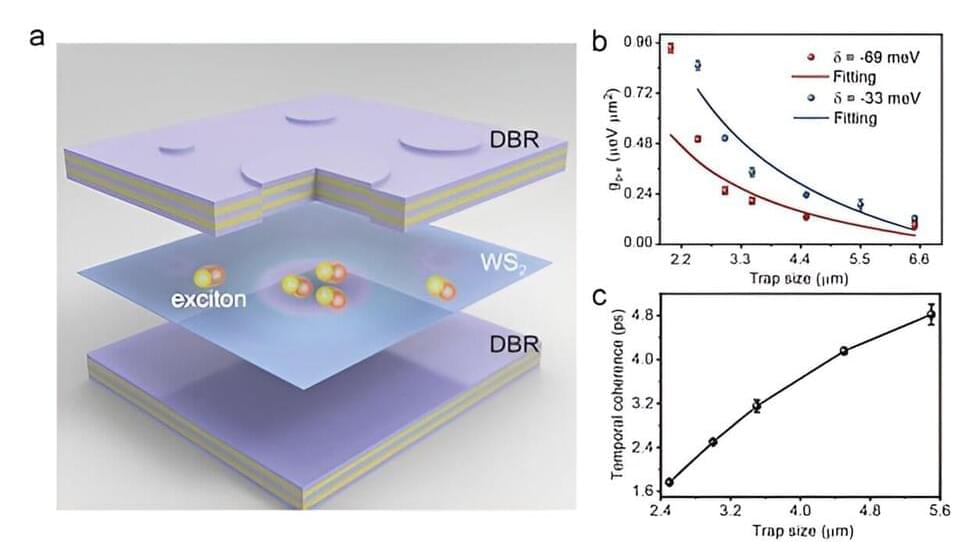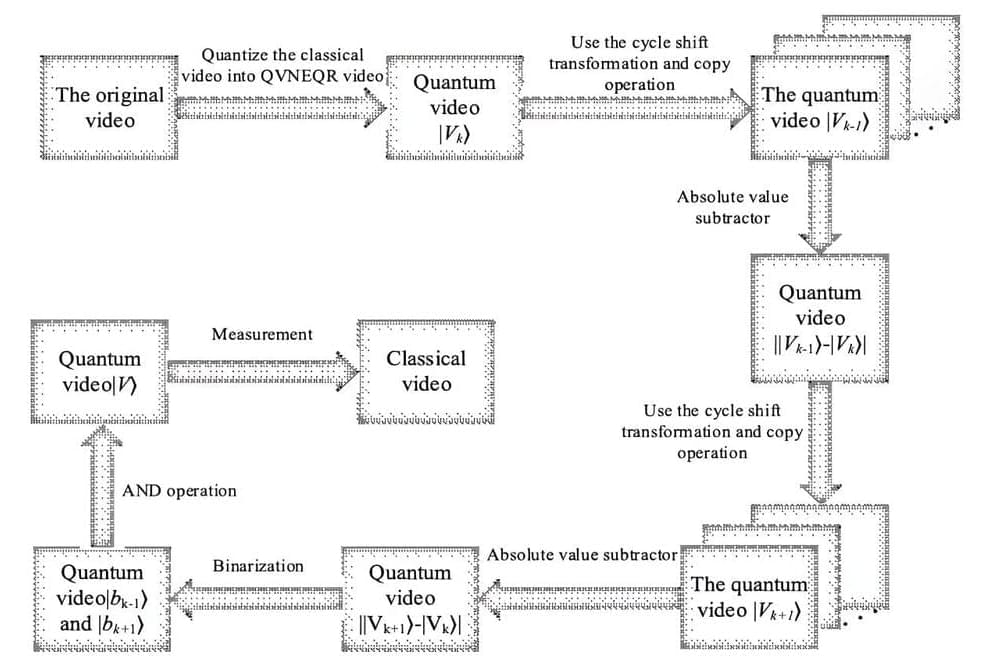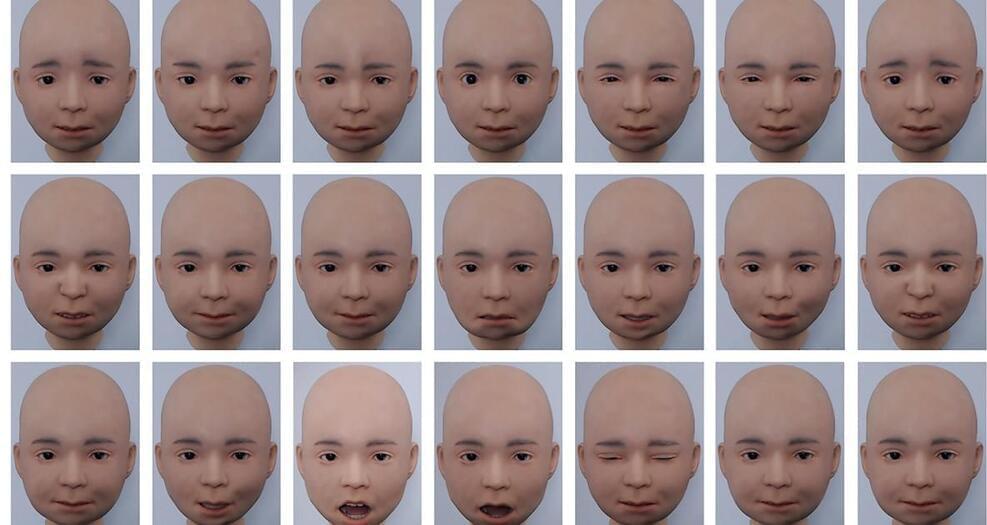Mercury’s exploration by the Mio spacecraft revealed localized chorus waves in its magnetosphere. International research utilized advanced theories and simulations to understand these waves, emphasizing the magnetosphere’s vital role in shielding planets from cosmic radiation.
Since Mercury is the closest planet to the Sun among the solar system planets, it is strongly influenced by the solar wind, a high-speed (several hundred km/s) stream of plasma.
Plasma is one of the four fundamental states of matter, along with solid, liquid, and gas. It is an ionized gas consisting of positive ions and free electrons. It was first described by chemist Irving Langmuir in the 1920s.







